Our trip to the North Pole aboard Le Commandant Charcot included a brief visit to Greenland. The country was as striking as we expected, and we wanted to see more. We also learned that sea ice is mesmerizing. Le Commandant Charcot is the world’s most powerful non-nuclear ice-breaker, capable of breaking ice 15ft (4.6 m) thick, and we never tired of watching the ship easily crush its way through through meters-thick ice. Before we departed the ship, we booked an early-season cruise along Greenland’s northeast coast. In June, the ice would still be thick, the mountains more snow-covered, and the icebergs plentiful.
As on our trip to the North Pole, we spent ages watching as the ship broke through the Greenland sea ice. We particularly enjoyed watching a small crack form close to the boat in a large floe, then extend like lightning out into the distance. The sun never sets on the east coast of Greenland this time of year, and the ice glowed in the warm evening light.
And we didn’t just look at the ice from the ship, we also made several “shore” excursions where the captain wedged the ship into the thick sea ice and lowered the boarding ramp. We snowshoed, made snow angels, pretended to pull the ship, and re-created a famous photograph of the ship’s namesake, French explorer Jean-Baptiste Charcot.
Other activities kayaking, hiking, zodiac tours and two polar plunges, one from the edge of the ship and a second into a hole carved out of the ice.
And we got an opportunity to get up close to some icebergs, from a zodiac and later on Le Commandant Charcot. In a maneuver the captain hammily called the “Charcot Kiss,” he brought the ship right up to a massive iceberg and gently touched the bow to the ice.
We generally had dry, if not cold weather for the trip, and spent as much time as possible enjoying the ship’s outdoor spaces.
The crew also organized many special events, including several formal evenings, a fabulous Sunday brunch, and dinner on the bow for all the guests. As always, there was never a shortage of champagne on Le Commandant Charcot.
The itinerary originally included a stop near the icebound village of Ittoqqortoormiit, where the villagers would cross the ice in dog sleds and take us for a ride. The ice was so thick, however, that the ship couldn’t break through to get close enough. Although we were disappointed to miss the dogsled ride, we watched in fascination on the open bridge as the crew pushed the ship to its limits in an attempt to break through the ice.
On our North Pole trip, the 2-3-meter ice was no challenge for the Le Commandant Charcot and it pushed through at 8 knots with hardly any effort. Here we saw the chief engineer using near-maximum propulsion to break through much thicker ice. In the graph below, the ice thickness suddenly rises to 11 m and then ranges from 3-8 meters as the ship pushes through. The second image shows the ship repeatedly backing up and going forward when the ice becomes too thick. The ship frequently rode up onto the ice and slid off at an angle, visible in the picture of the bow below. The crew worked overnight to reach Ittoqqortoormiit, but eventually gave up after a particularly large slide flooded the dining room with water from the adjacent indoor pool, and sent glasses crashing to the floor from our stateroom cupboards.
Another aspect of the trip that we quite enjoyed was several SAR drills with ships from three different countries: the Danish frigate HDMS Triton, the French patrol vessel FS Rhone and the Icelandic Coast Guard patrol ship Thor. Le Commandant Charcot led the Triton through the ice towards the Danish territory of Greenland, and also performed helicopter SAR drills with the ship. Perhaps the most exciting drill was an attempted tow by the Rhone where the line parted just as the load was coming on. In one of the pictures below, the line can be seen slapping down into the water as the tension suddenly is lost. The Thor later completed a successful tow drill, pulling Le Commandant Charcot at 3.8 knots.
These events alone would have been enough for a memorable adventure. But it turned into an exceptional one when the ship encountered a whale carcass, beached on the ice, that had attracted an astonishing 68 polar bears, including several mothers with cubs. We’ve detailed that rare and amazing opportunity in “More Polar Bears than Guests“.
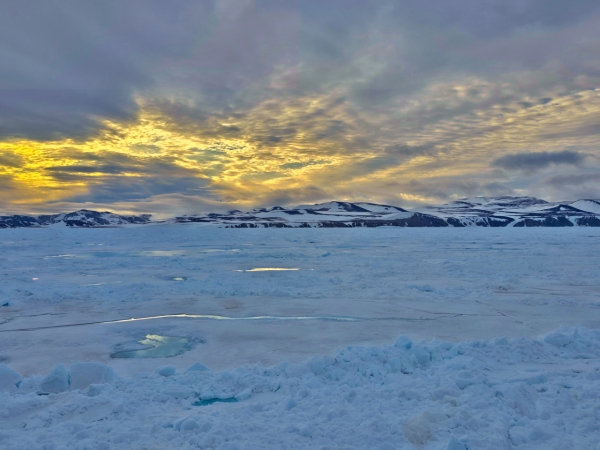
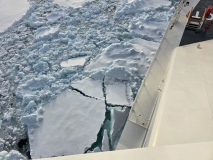
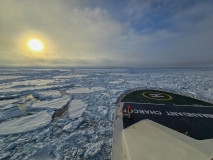
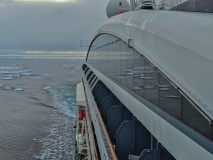
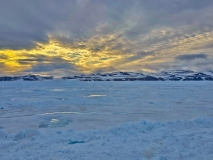
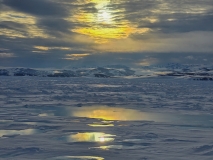
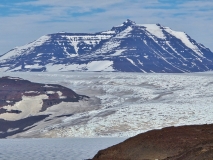
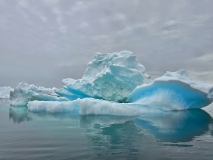
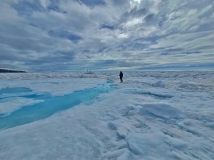
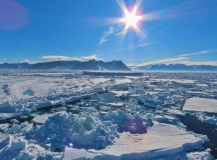
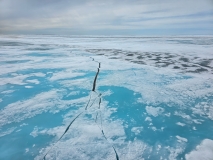
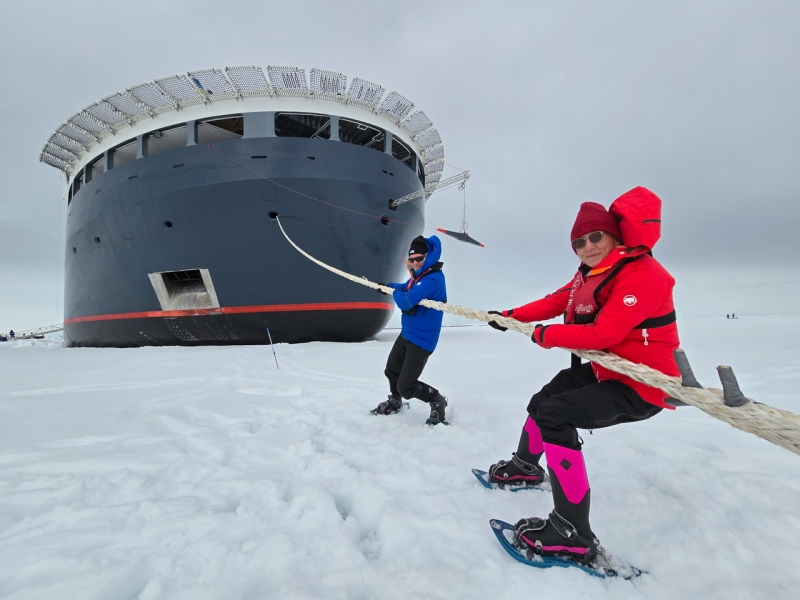
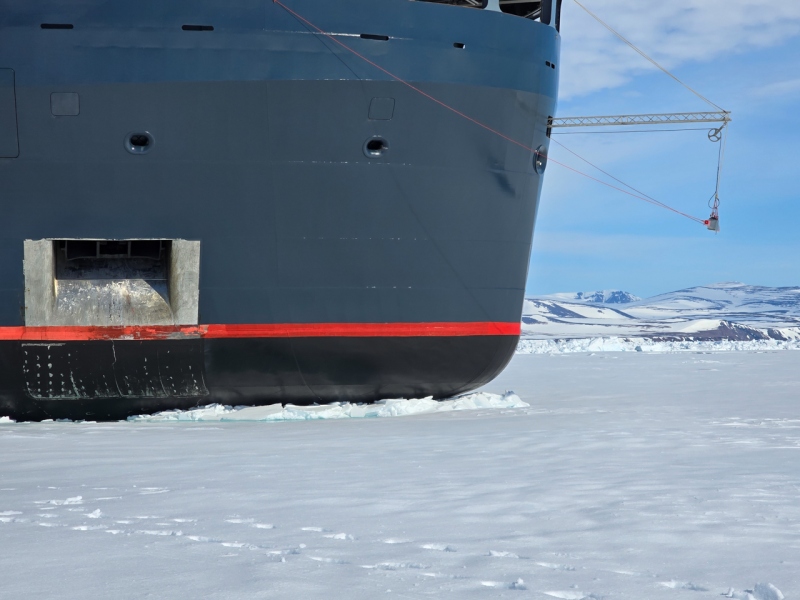
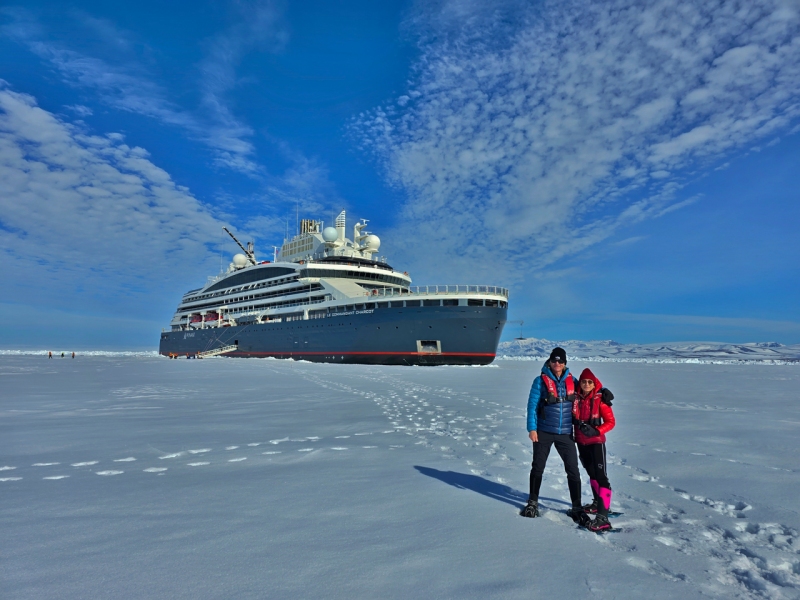
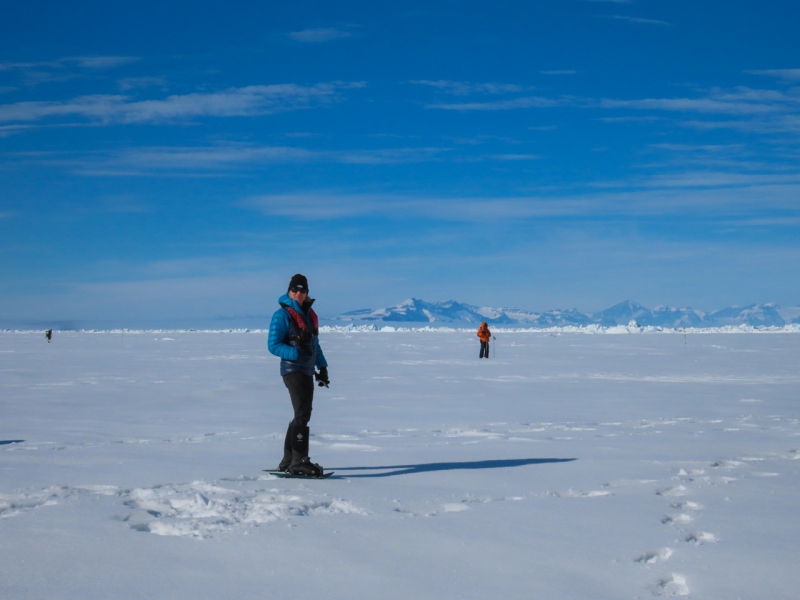
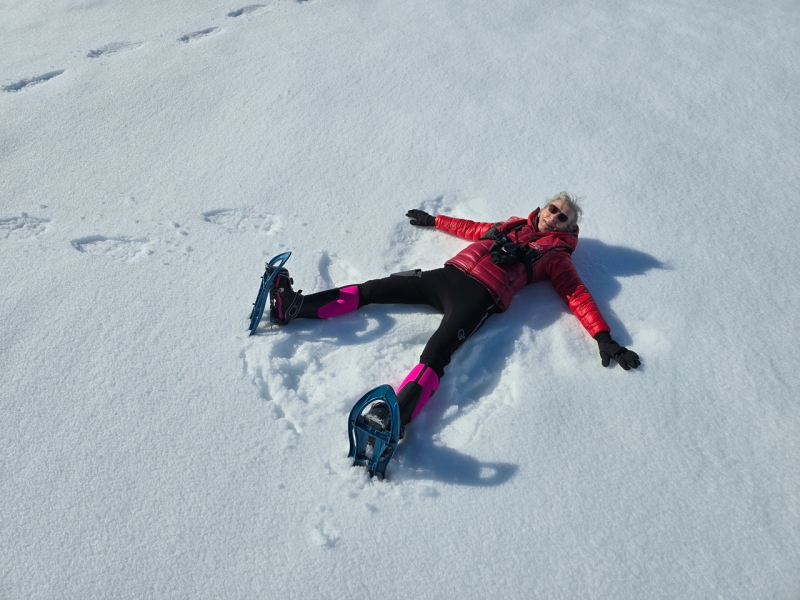
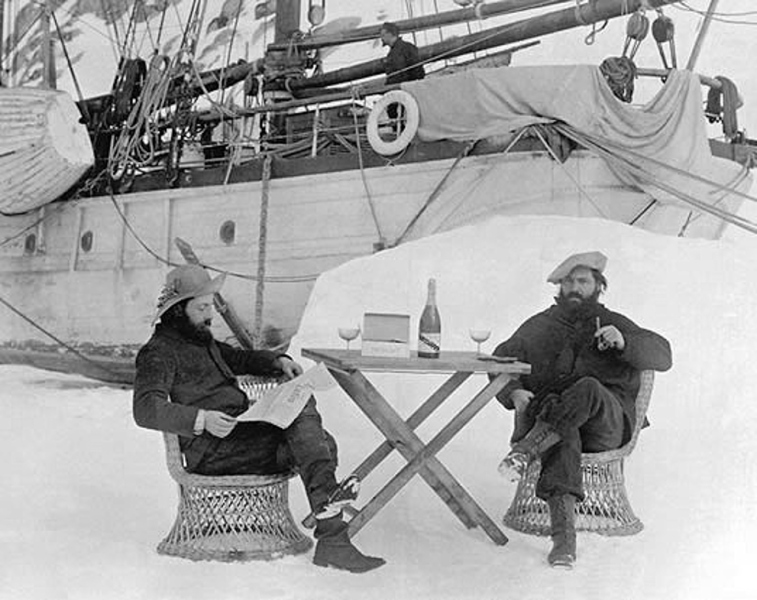
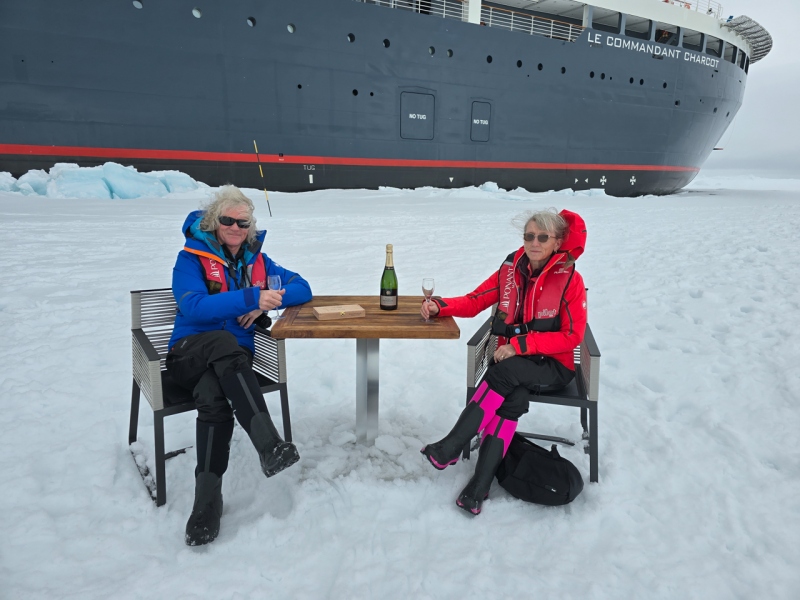
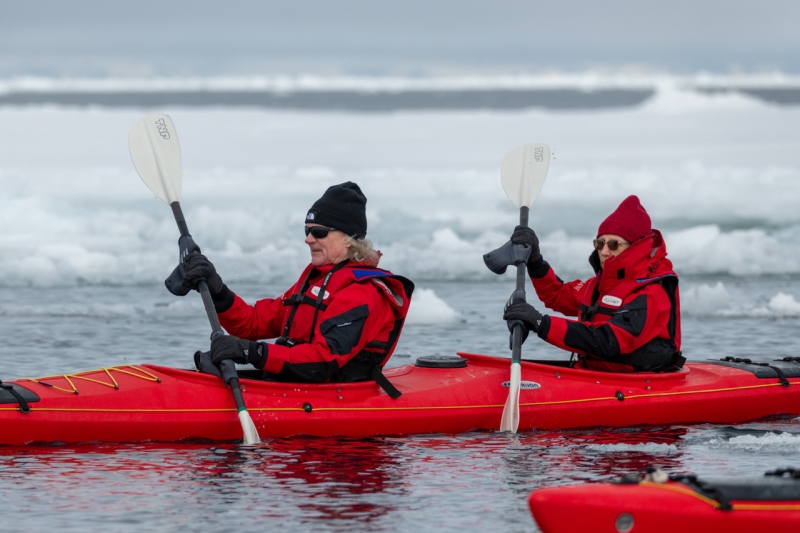
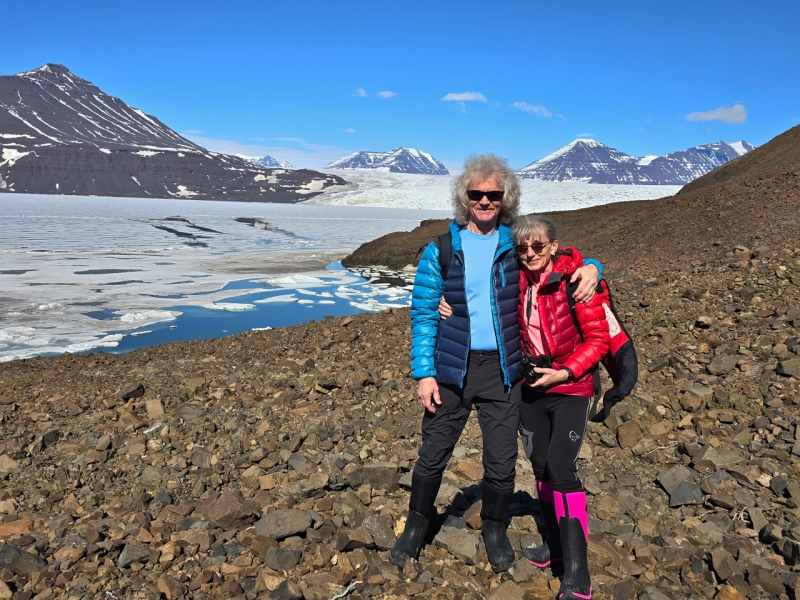
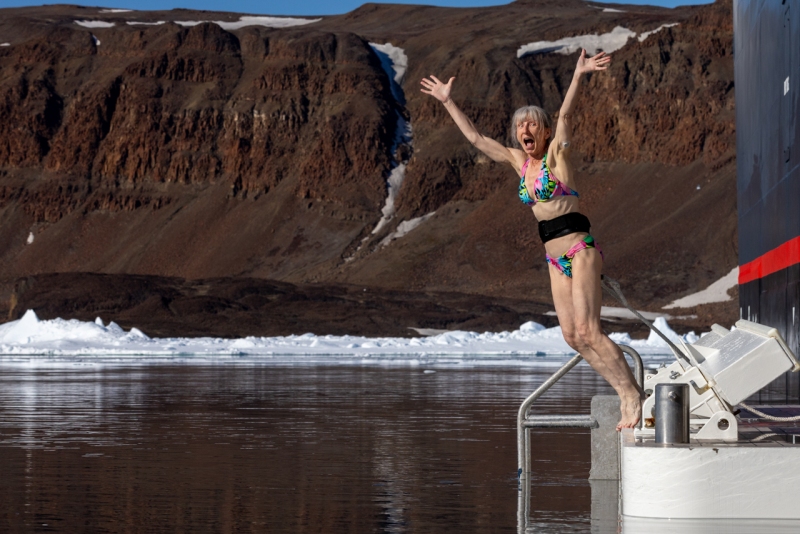
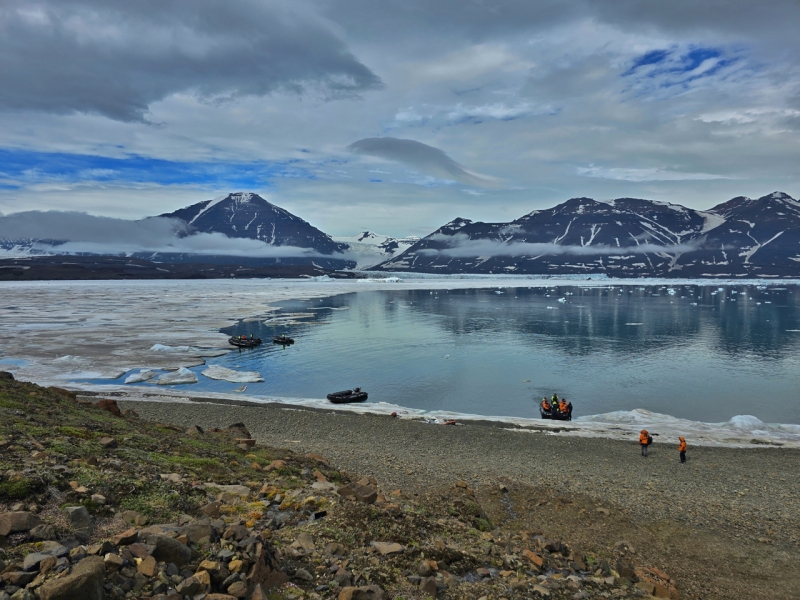
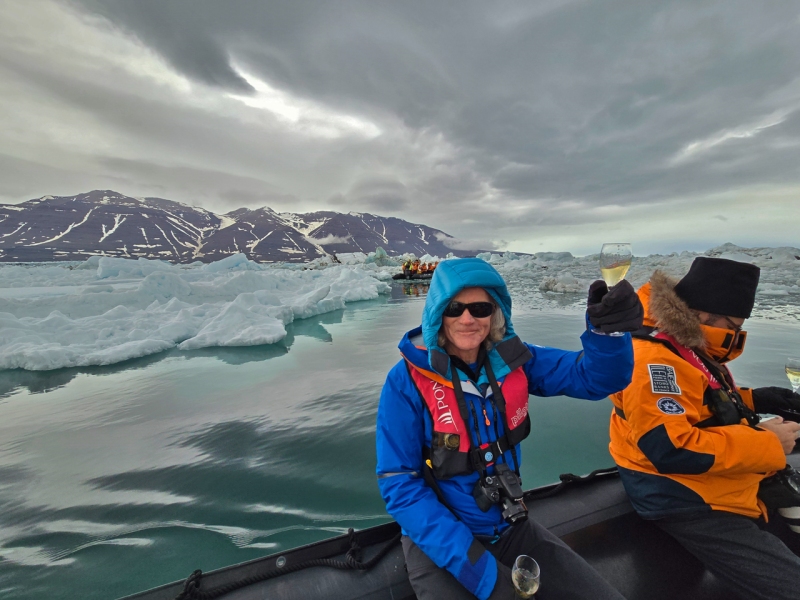
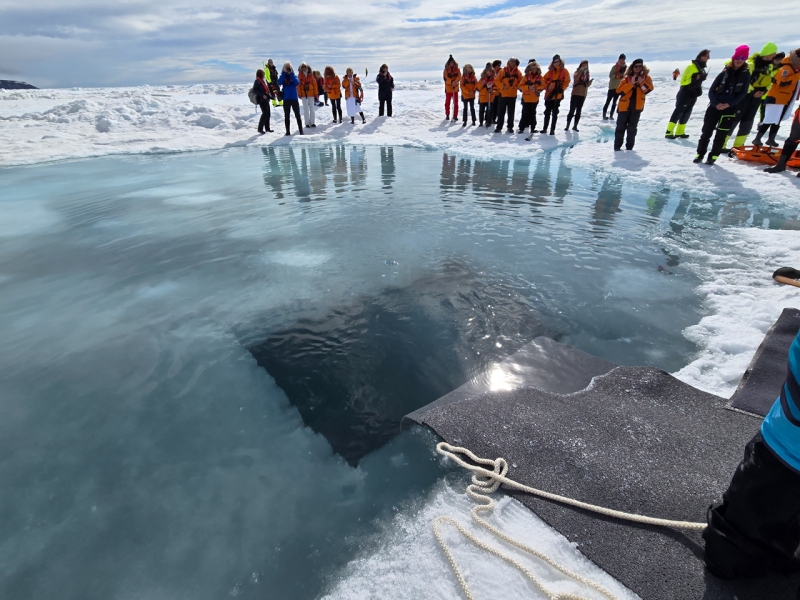
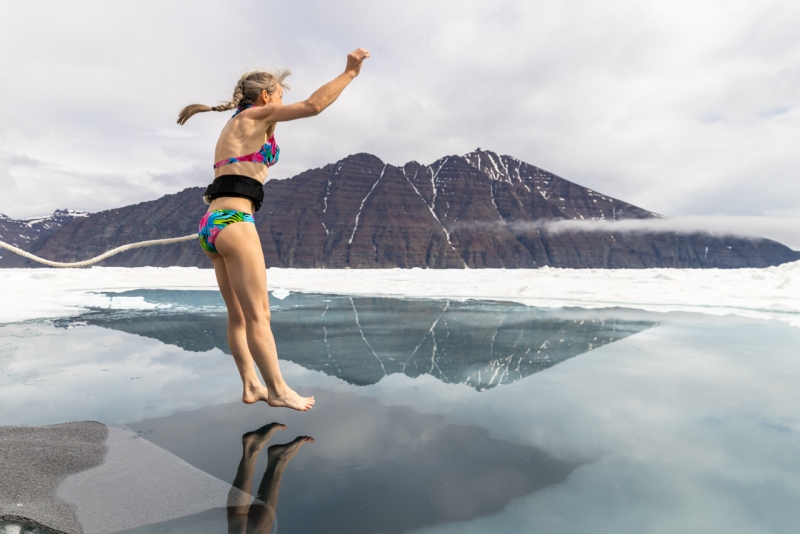
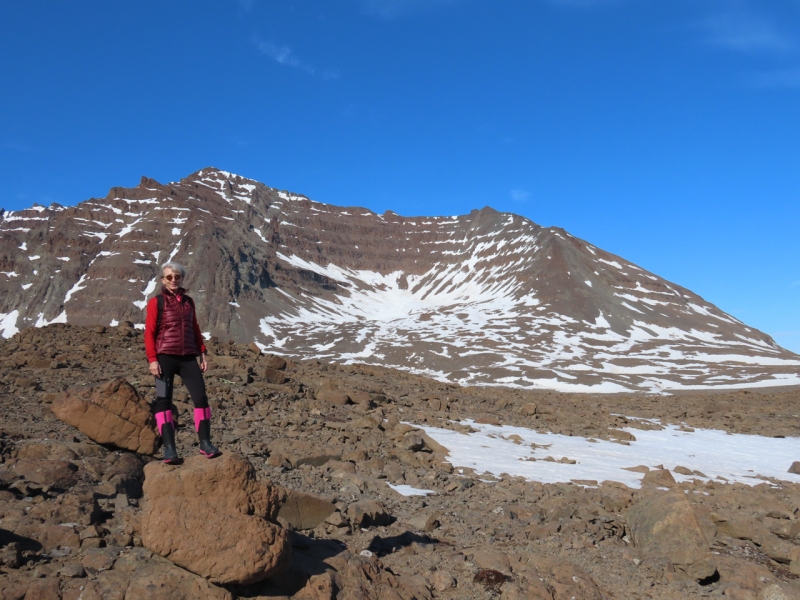
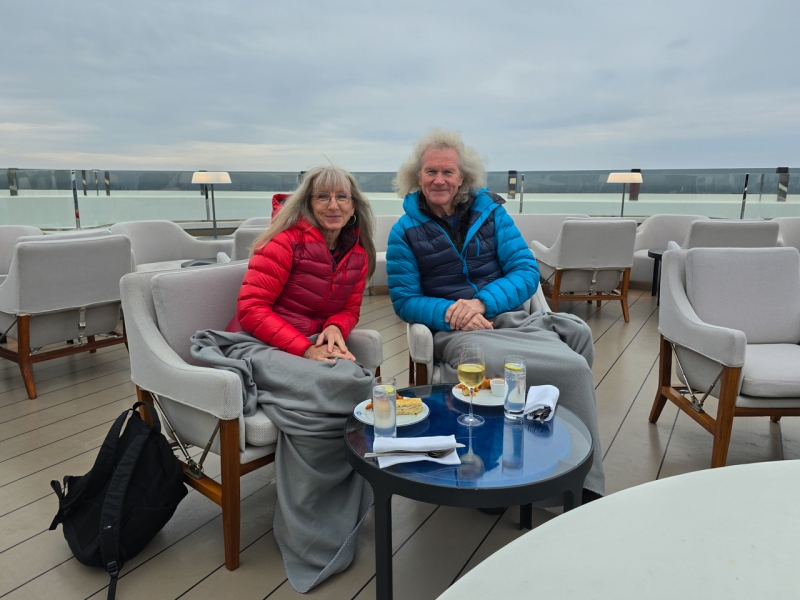
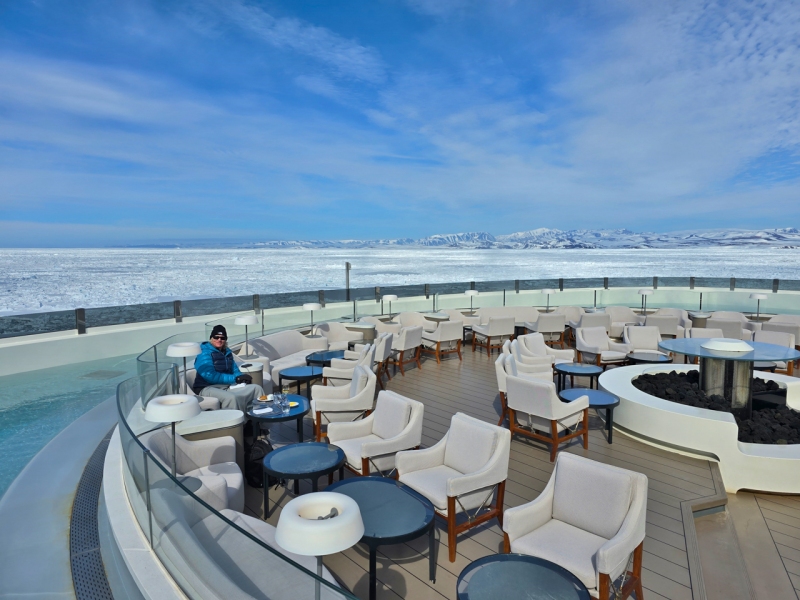
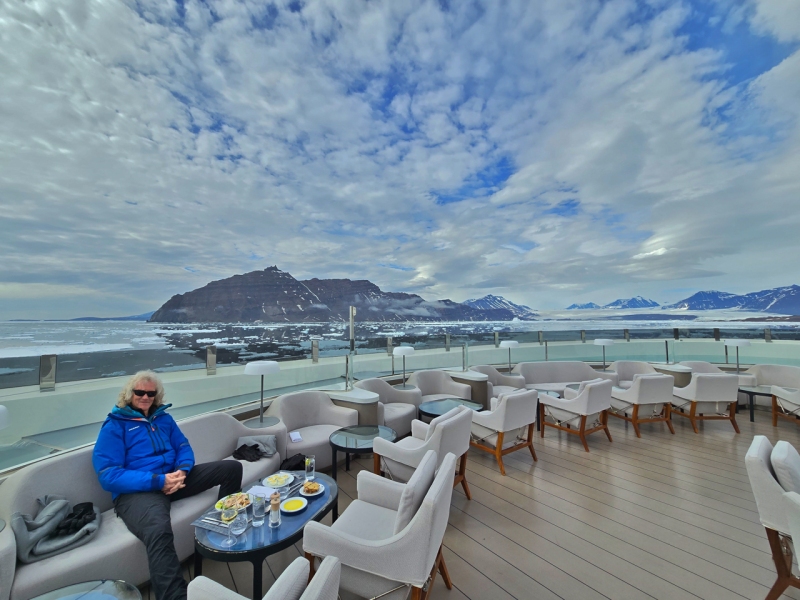
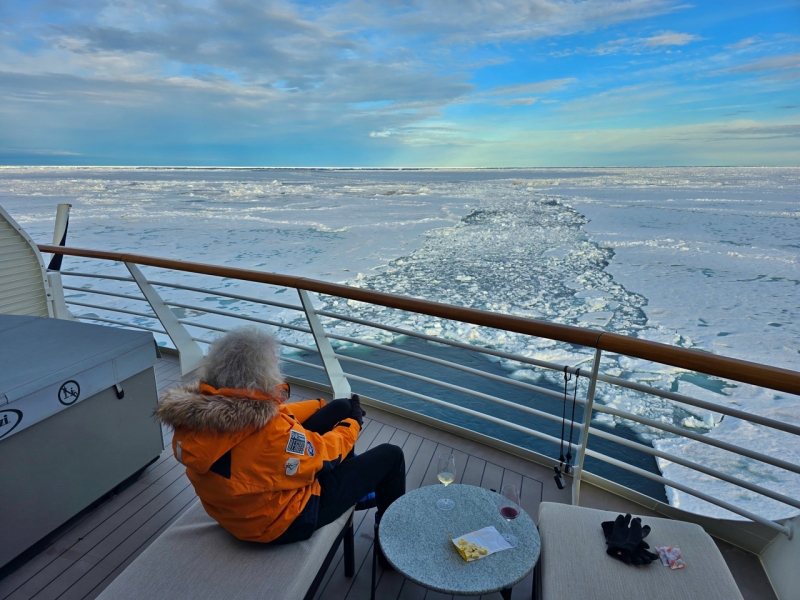
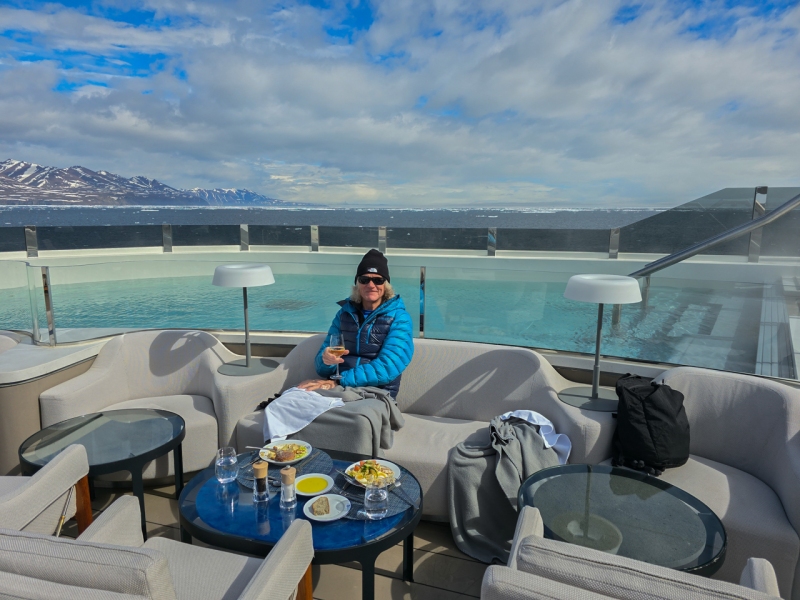
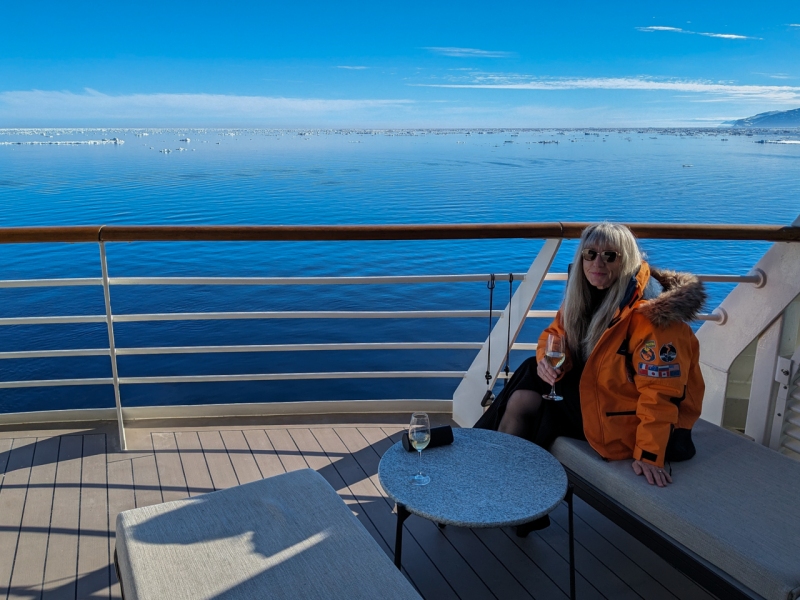
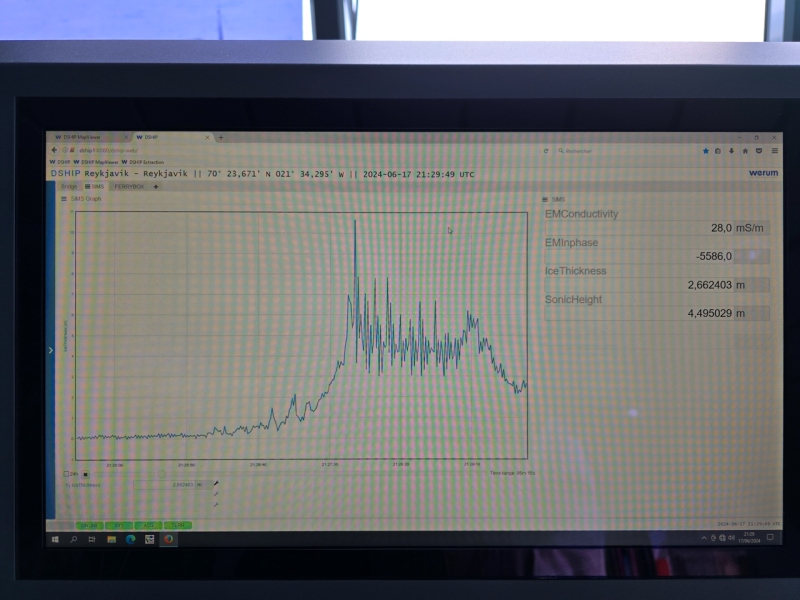
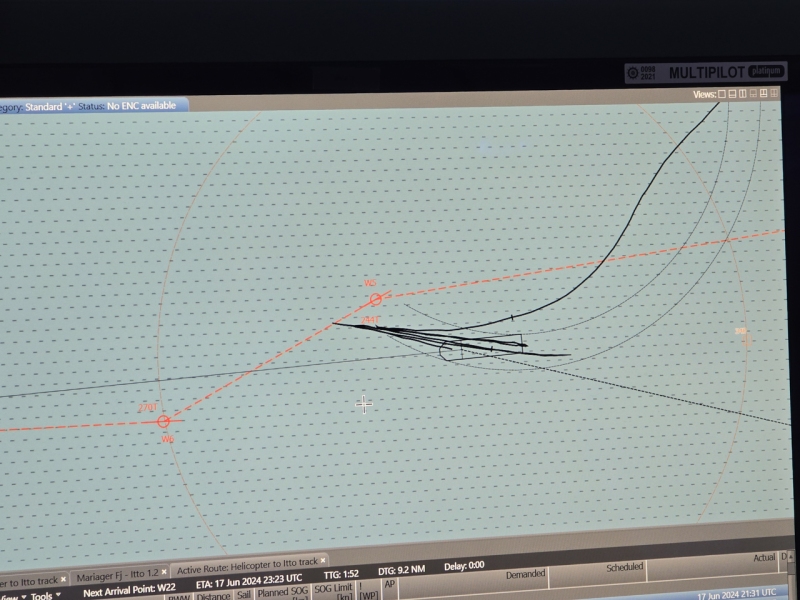
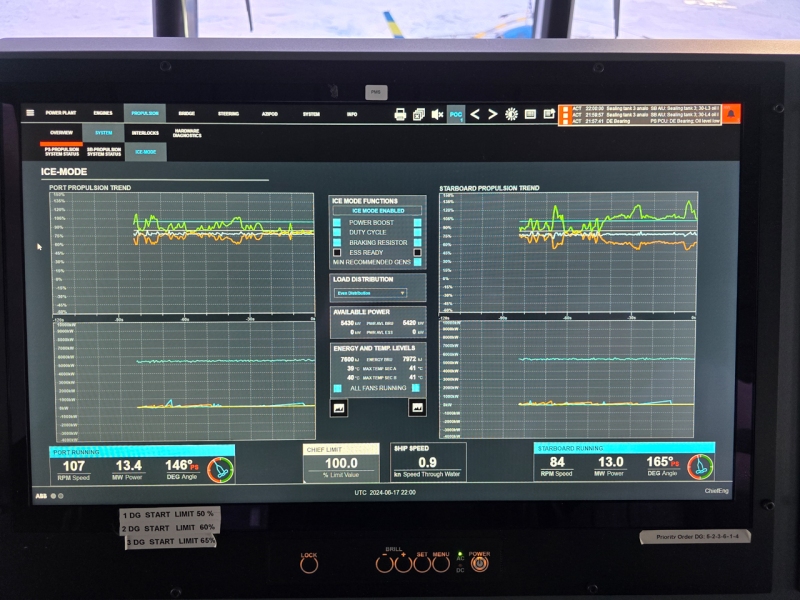
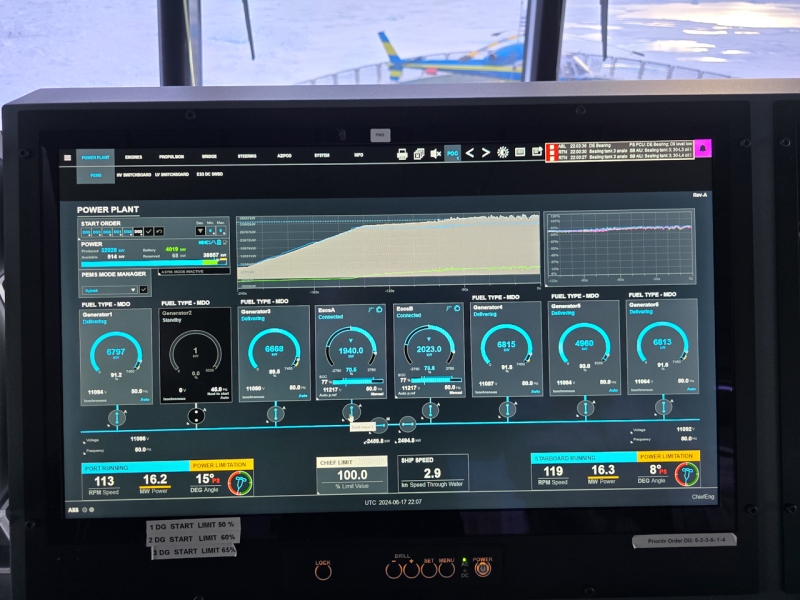
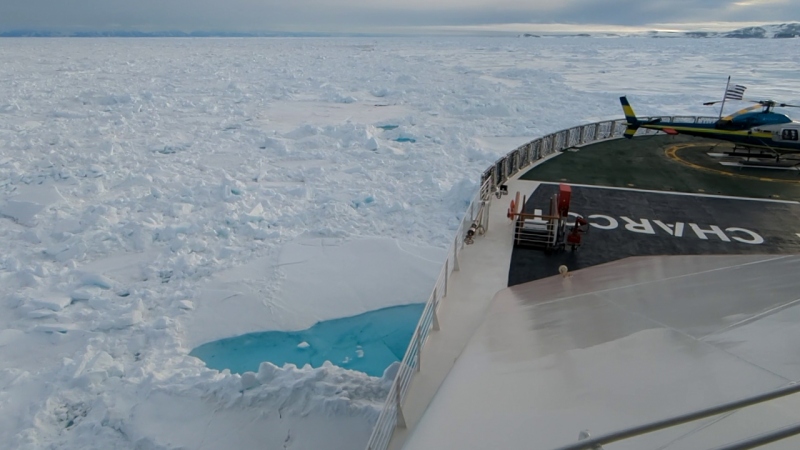
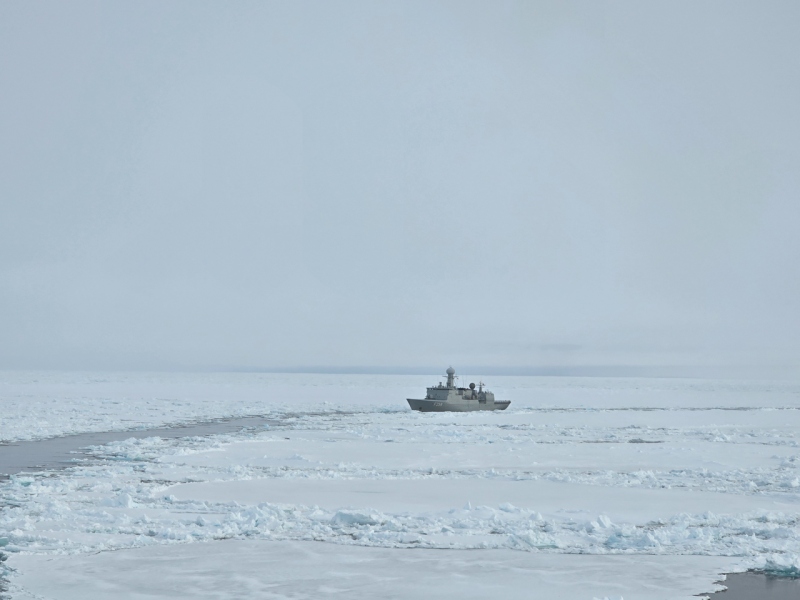
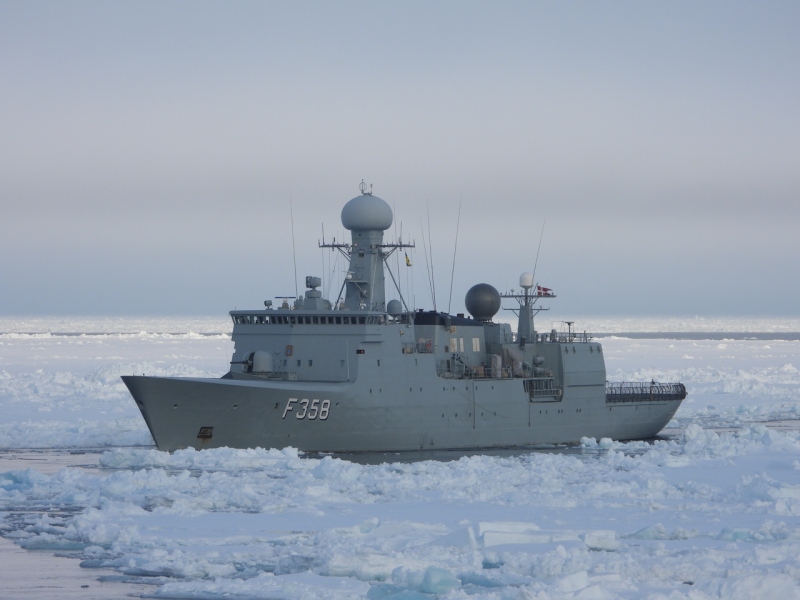
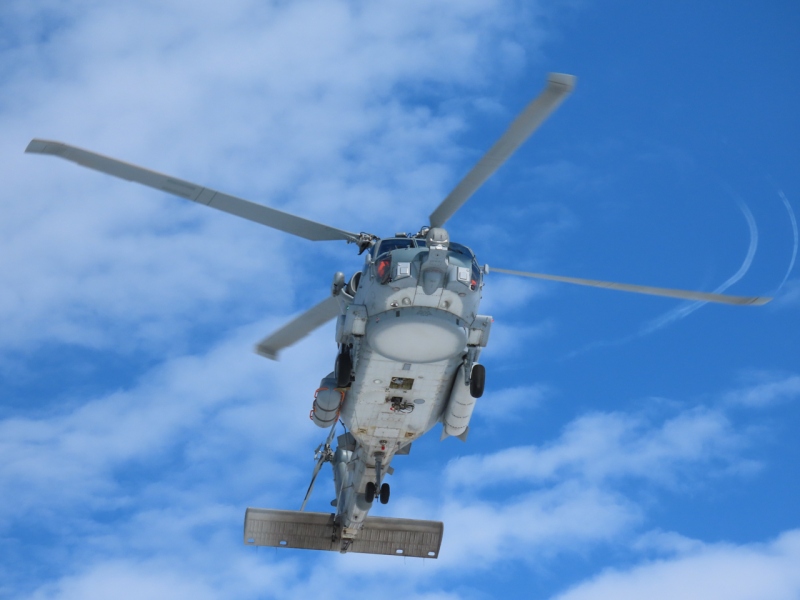
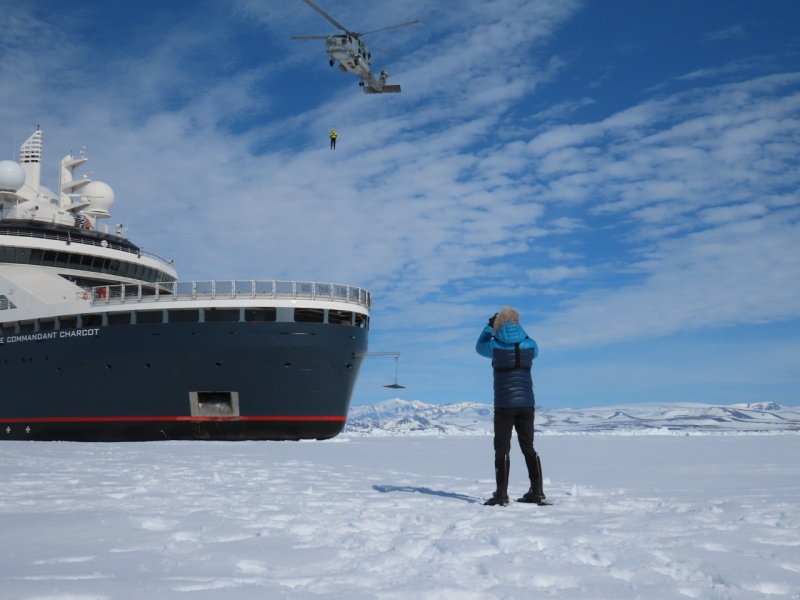
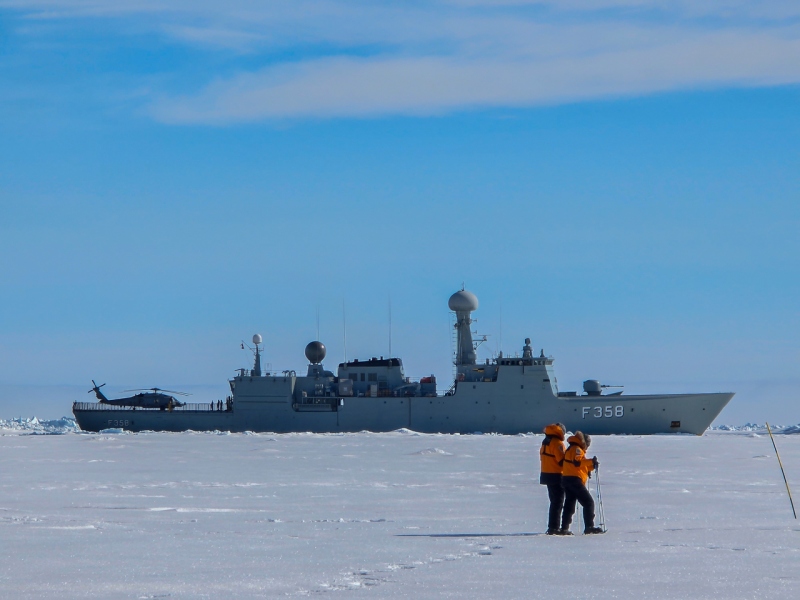
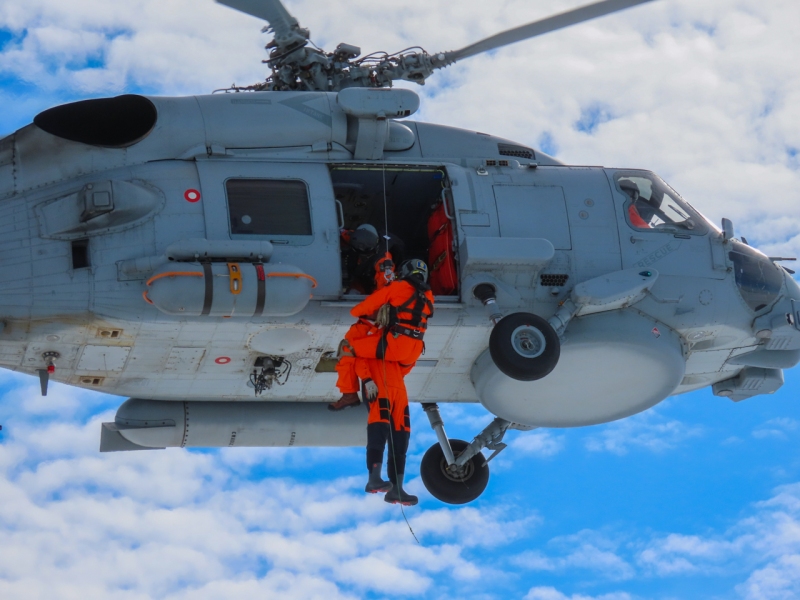
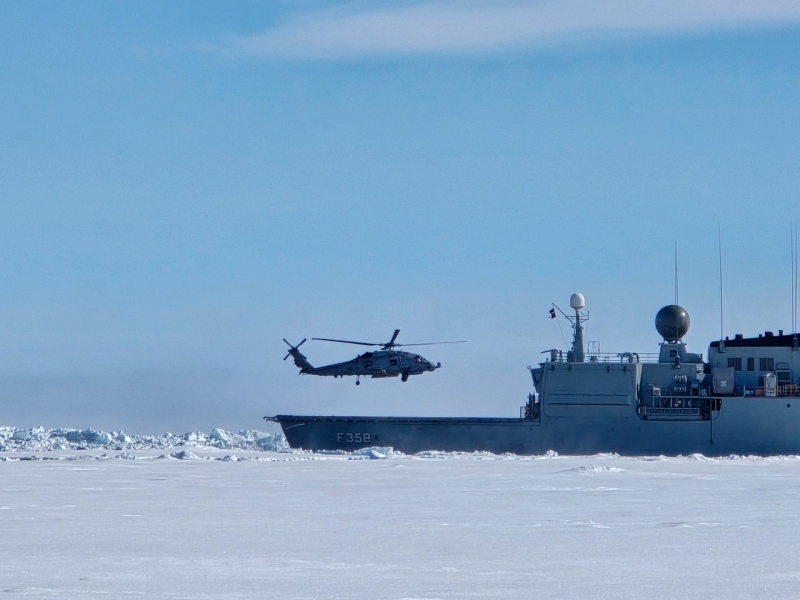
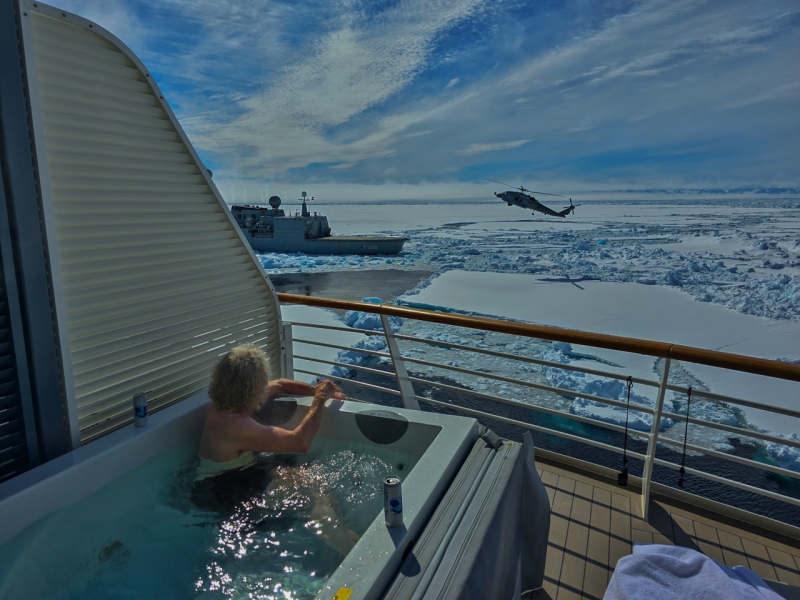
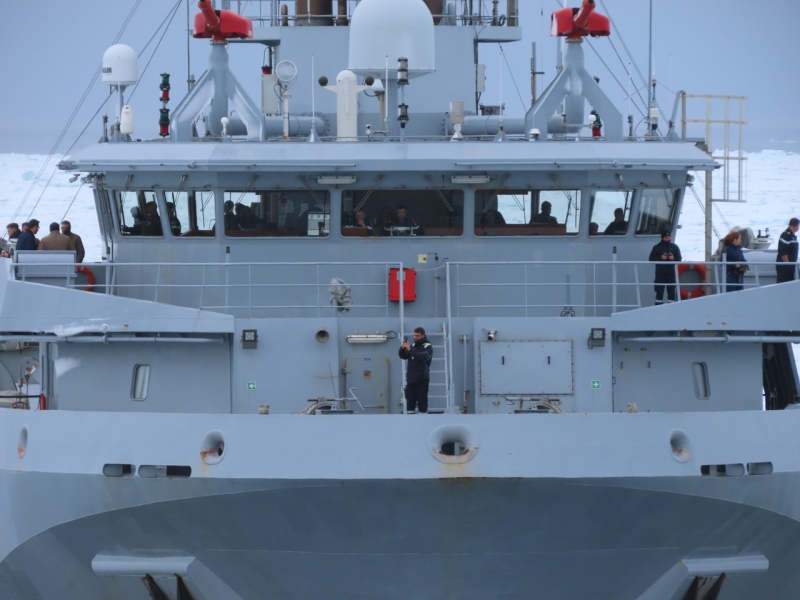
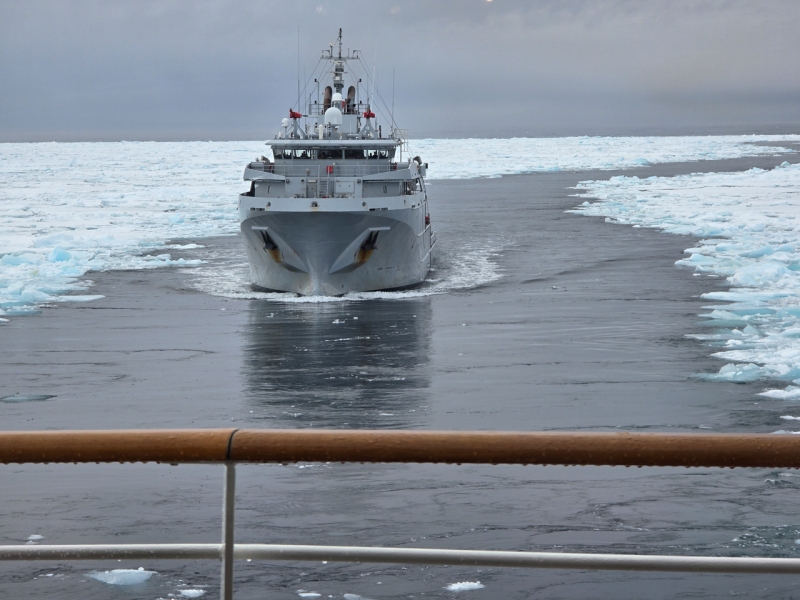
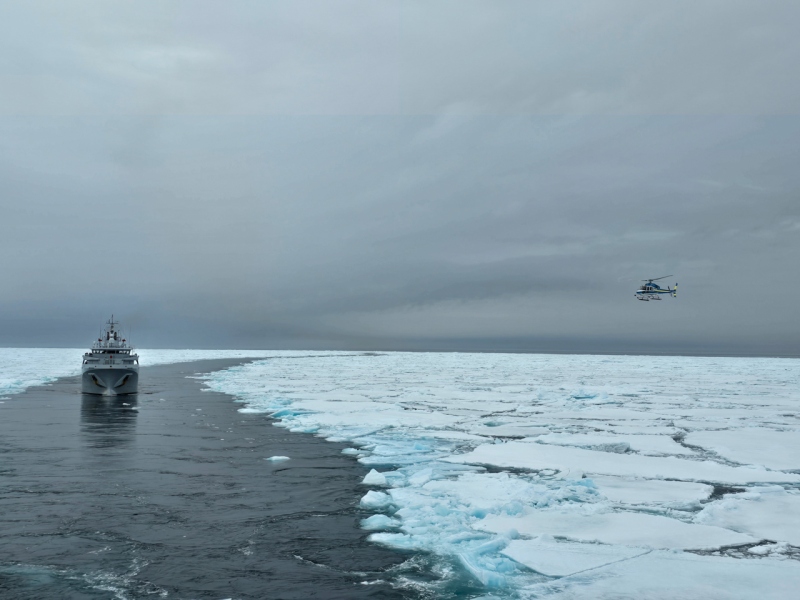
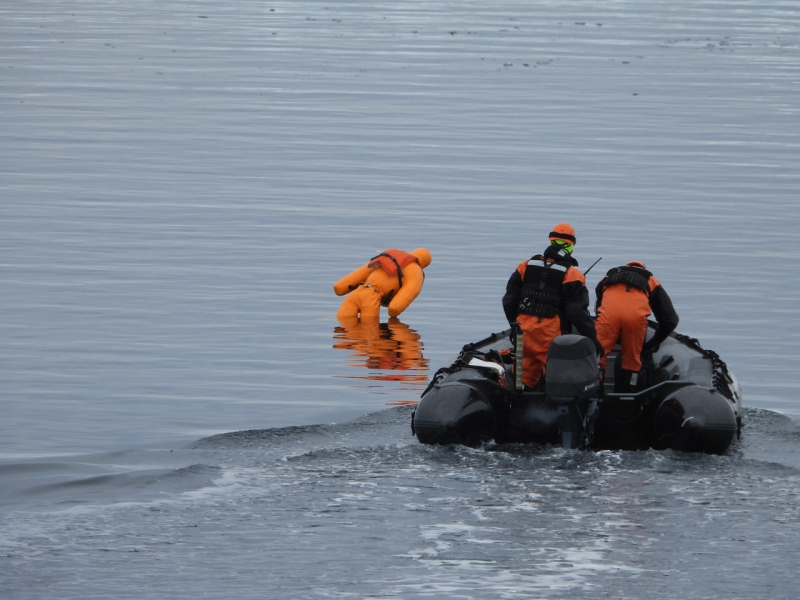
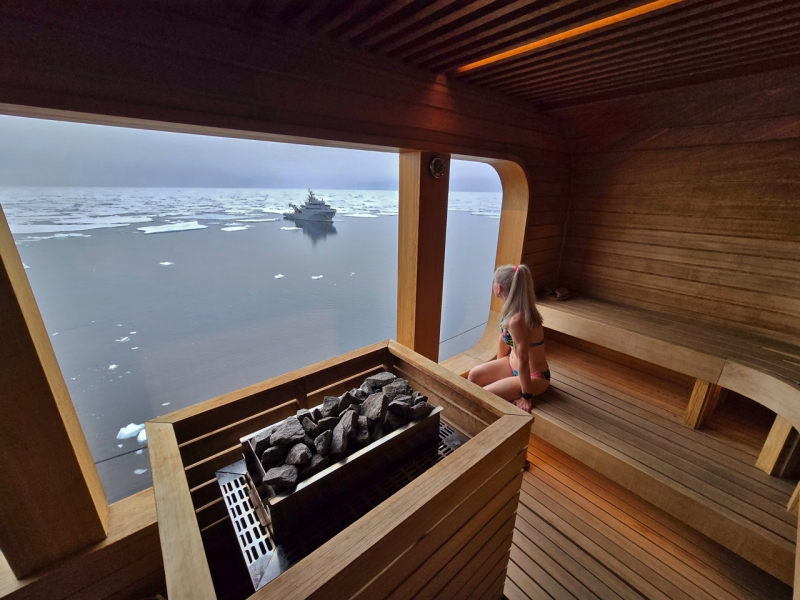
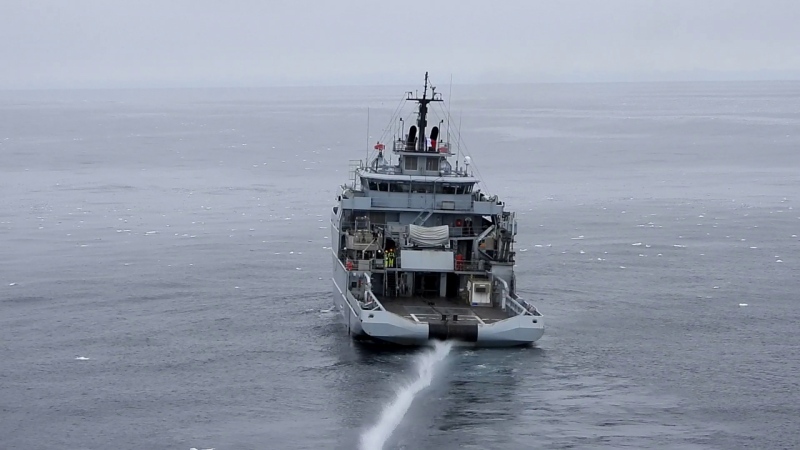
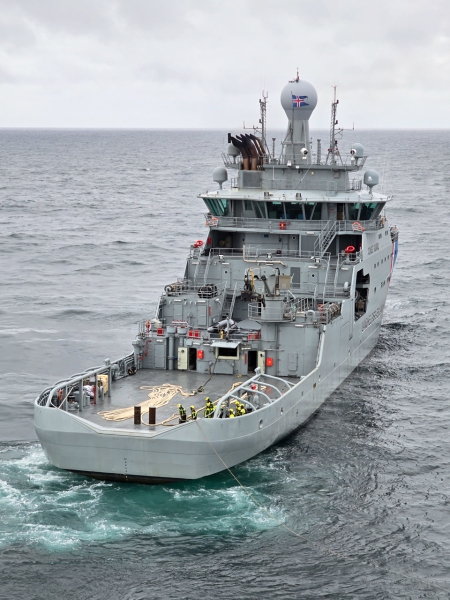
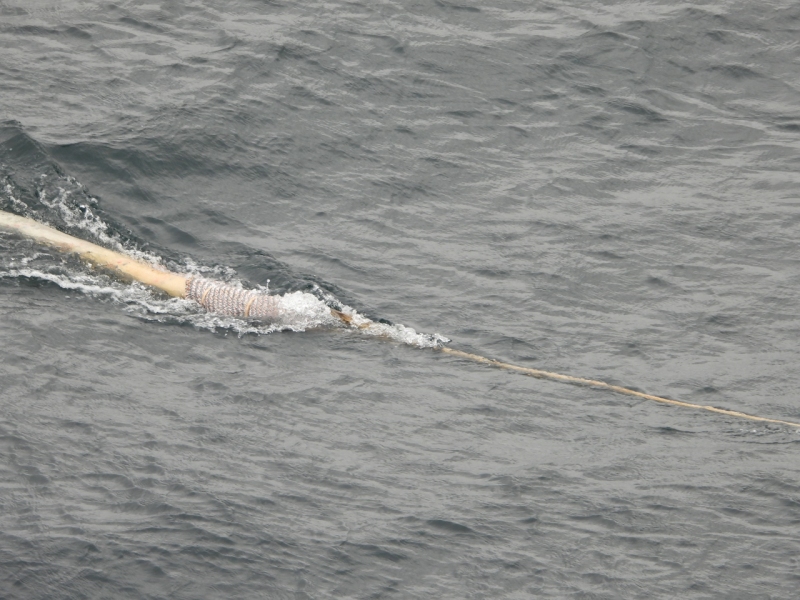
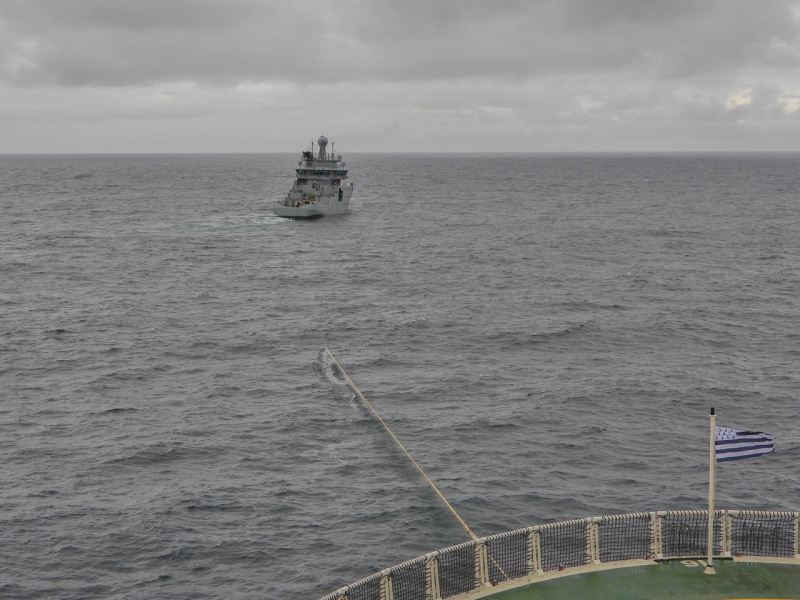
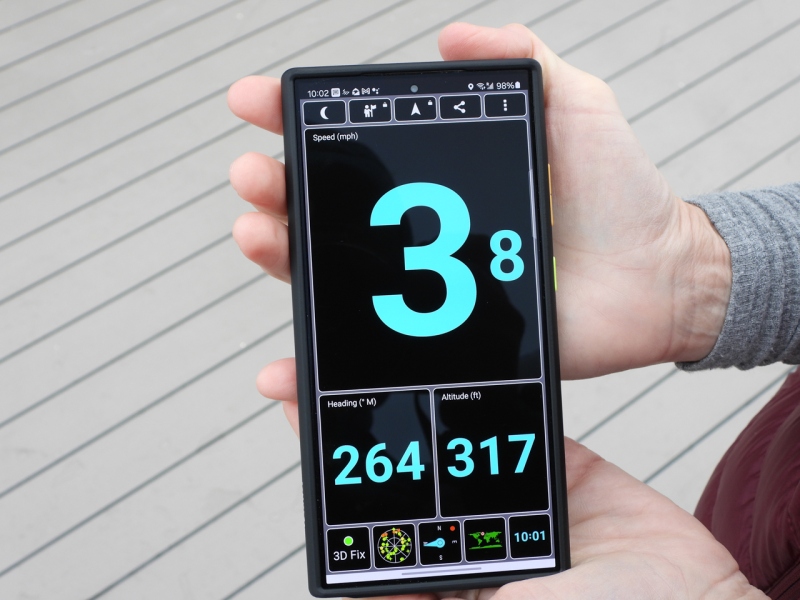
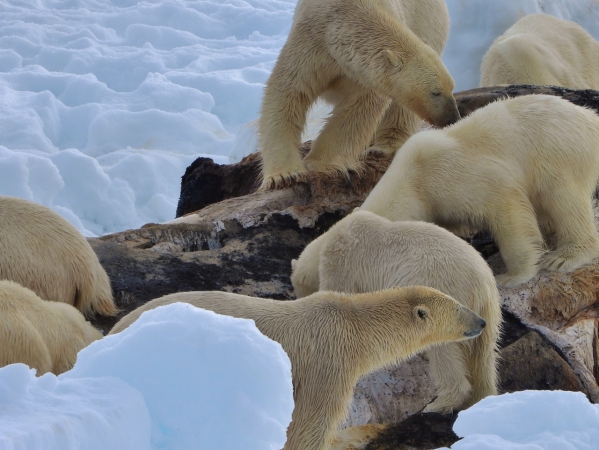
Utterly stunning photographs of an immensely dramatic place. Astonished that your ship could plow through ice nine feet thick with ease. How fun to be able to watch your ship take part in various naval maneuvers. No idea what prompts Jennifer to want to plunge into Arctic water! Thanks for the blog.
I wasn’t expecting the Greenland trip to be as interesting as it was. The combination of the dead whale attracting a unusual concentration of polar bears and the ice conditions pushing the boat to it’s limit made for a very exciting trip. We’ve been on the Commandant Charcot before but we never seen it operating at maximum thrust (34 megawatts) and yet unable to make forward progress. It was super interesting.